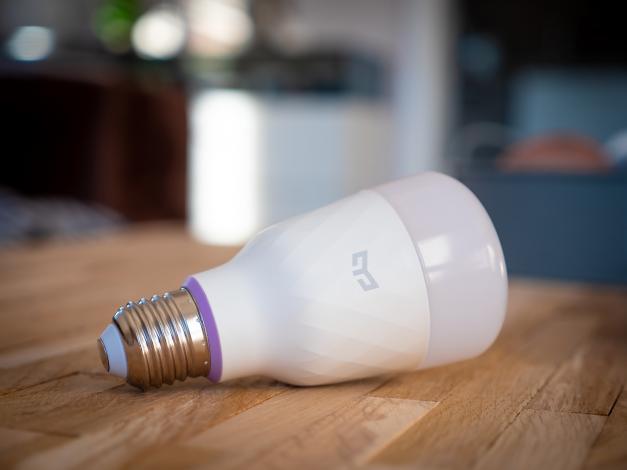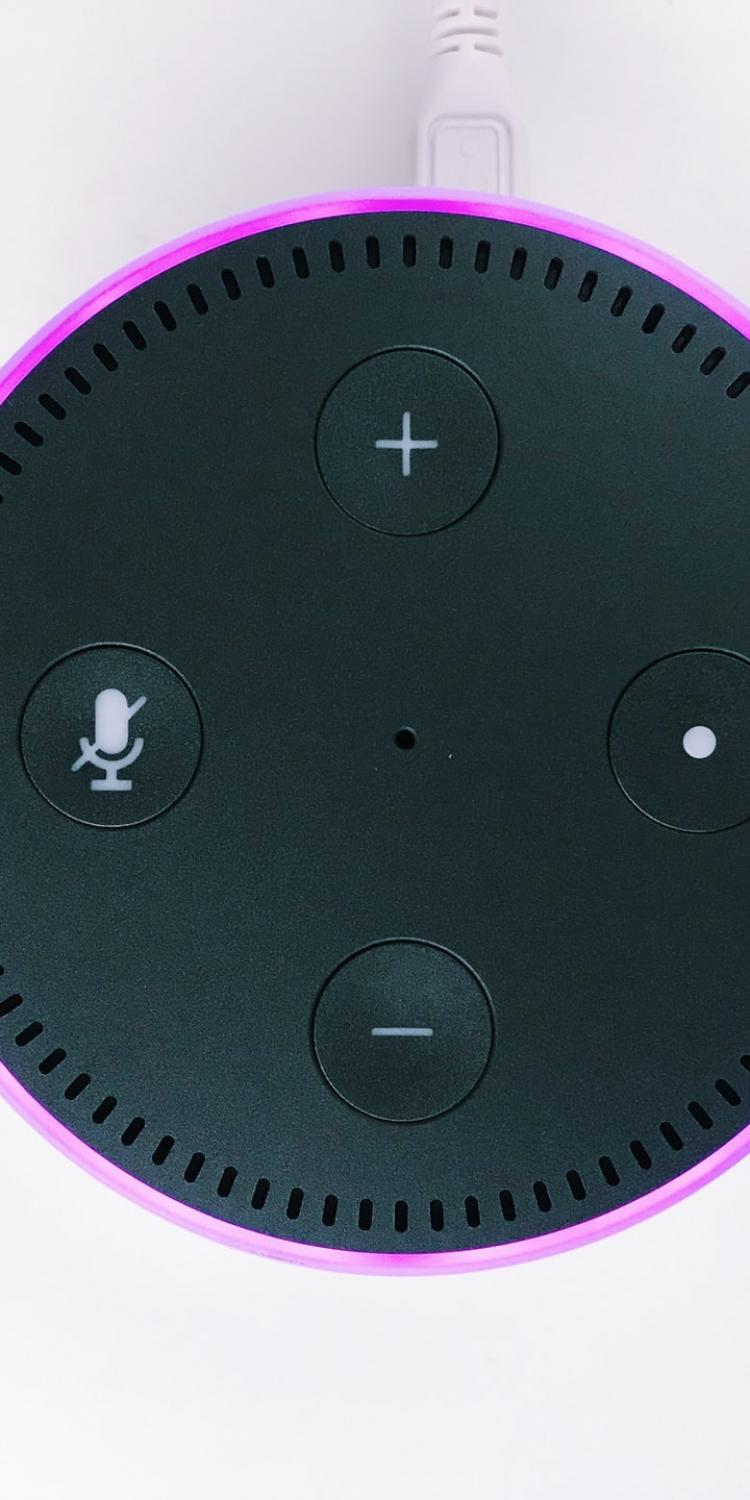Getting Started With Home Automation
This post contains references to products from one or more of our advertisers. We may receive compensation when you click on links to those products. Terms apply to the offers listed on this page. For an explanation of our Advertising Policy, visit this page.
Home automation is fun for kids and adults alike. These days, it’s really easy to get started.
Home automation used to be something you saw only on television. You couldn’t actually have a home that would turn the lights on or off automatically at certain times of day, or when you showed up to your home, or when other events happened - you could, but it would have cost you a lot of money.
These days, it doesn’t take much to actually make any of these things a reality. If you’re not overly familiar or comfortable with technology, then it may be a bit daunting, but it’s actually quite easy to get a couple of items that will make your home feel like you’re living in the future.
In this article, we’re going to look at two simple items to get started with home automation. There are thousands of different products out there for building out an automated home, but starting simple can help you to work your way into the home automation options that are available.
Smart Wall Plugs
Smart wall plugs are simple devices. You plug them into an outlet in your wall, and then you can plug any device into them - it’s basically just an outlet extender. However, unlike your standard outlet, these devices will connect to your wifi network so that you can control them from your phone, or other devices (see the section below about speaking assistants below).
There are a lot of options available, but if you’re planning to be able to speak to turn the plug on or off, then you should find one that is Alexa or Google compatible. This will allow you to simply tell the plug to turn on or off without having to take your phone out of your pocket.
Setting up a smart wall plug will depend on the exact model that you get, however, they’re all very similar. You’ll usually have to download the device maker’s app in order to get it all setup, but once it’s done, you can remove the app (assuming you’ve connected it to your speaking assistant). That’s all there is to it really.
Smart Lights
Similar to a smart plug, smart lights will connect to your wireless network in your home so that you can turn lights on or off from most anywhere within your home. You can also automate the lights to turn on or off at specific times of day as well.
Once again, you should be looking for devices that are compatible with the voice system you have in your home. If you’re not going with a voice system, then basically any smart light will do. The most popular devices in this space are Philips Hue lights, but they’re also on the higher end in price (they’re really nice lights though). If you’re uncomfortable paying that much, the cheaper lights are also a lot of fun as well.
Setup is also very similar to a smart plug. You’ll download an app, get the light bulb connected to your wireless network, and then you can connect it up to your speaking hub of choice. Once they’re set up, you can automate them to turn on or off, or ask for them to turn on or off.
Speaking Assistants
To really make your simple home automation feel like you’re living in the future, you’re going to want to have a speaking assistant device - Amazon Alexa devices or Google Assistant devices. By having one (or more) of these devices in your home, along with the smart devices, you’ll be able to ask the assistant to turn on or off the device.
Additionally, you can set up automated routines with these devices as well so that when certain events occur (or at certain times) they will automatically turn the smart devices on or off. Smart assistants have come a long way the past few years - automating events like this was a lot harder to accomplish.
As for which you should choose between the two, it’s a pretty close call. We have both in our home, and we generally prefer the Alexa devices, but that’s probably also because they were what we had first. If you choose to go with Google, you should have a similar experience overall.
Conclusion
This is just the tip of the iceberg in home automation. If you want to control devices outside of your home, or want to add additional device types to your home, there are additional pieces of equipment that you’ll need. While it can be fun to be able to do some of those things, starting with a few simple devices will help you to begin to understand how to automate your home.





